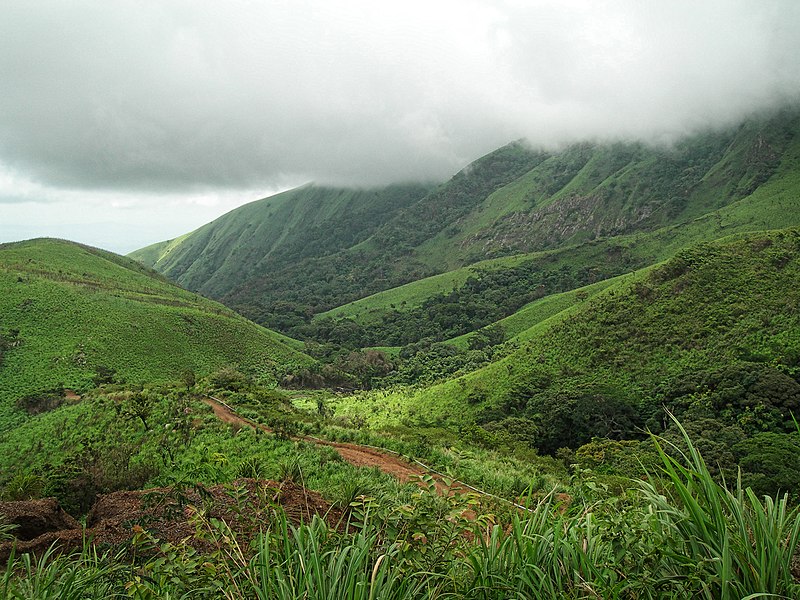Big cats are some of the most awe-inspiring creatures on the planet, roaming a variety of stunning landscapes across the globe. From the dense rainforests of the Amazon to the snowy peaks of the Himalayas, these majestic predators have adapted to thrive in some of the world’s most beautiful and diverse environments. Each species possesses unique traits that make them perfectly suited to their surroundings, whether it’s the speed of the cheetah or the stealth of the snow leopard. Sadly, many of these big cats face significant threats due to habitat loss and poaching. Despite these challenges, conservation efforts continue to protect their habitats and ensure their survival. Let’s explore some of these stunning big cats and the breathtaking regions they call home.
Bengal Tiger – Sundarbans, India and Bangladesh
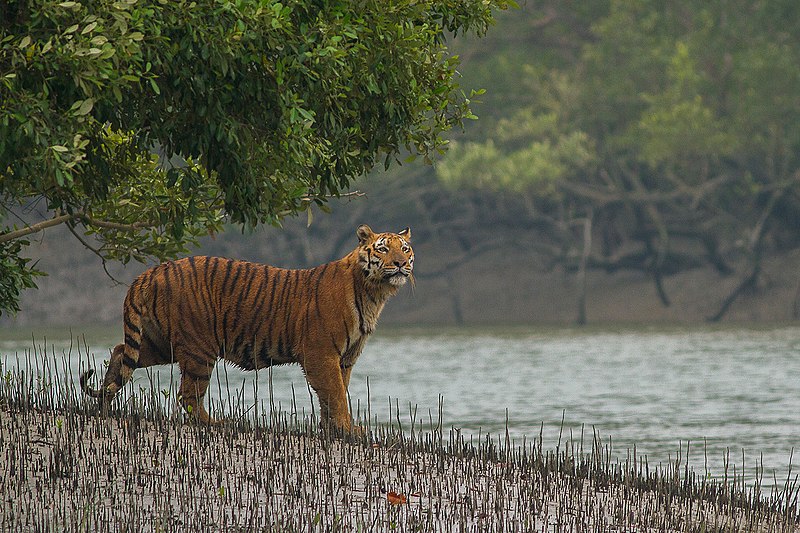
The Bengal tiger is a magnificent predator, thriving in the mangrove forests of the Sundarbans. These tigers are known for their striking orange coats and black stripes, blending perfectly with the dappled sunlight filtering through the dense foliage. Their habitat spans the world’s largest mangrove delta, offering a mix of land and water where they swim gracefully between islands. Bengal tigers are apex predators, hunting deer, boars, and even occasionally crocodiles. The Sundarbans provide both beauty and danger, where tidal changes create a labyrinth of waterways. Conservation efforts have been critical in ensuring the survival of this majestic species.
Snow Leopard – Himalayas, Central Asia

High in the rugged mountains of Central Asia, the elusive snow leopard silently navigates the rocky terrain. Its thick, smoky-grey fur and long tail help it blend into the steep cliffs and snowy landscapes. These big cats are built for cold, living above 3,000 meters in the Himalayas, the Pamirs, and the Tian Shan ranges. The snow leopard preys on blue sheep, ibex, and other mountain ungulates, which are adept climbers like their predator. In these remote, high-altitude landscapes, sightings of snow leopards are rare, adding to their mystical allure. Their conservation status remains vulnerable, though local initiatives are working to protect their future.
African Lion – Serengeti, Tanzania

The Serengeti’s golden grasslands are home to Africa’s most iconic big cat, the lion. With their mighty roars echoing across the plains, these social predators roam in prides, ruling over vast territories. Lions here are famous for their dramatic hunts, chasing down wildebeests, zebras, and other game. The wide-open savannas offer them an advantage, providing excellent visibility for stalking prey. In the Serengeti’s breathtaking expanse, lions symbolize power and the raw beauty of the wild. Though they are vulnerable to habitat loss, efforts to conserve the Serengeti have helped maintain their populations.
Jaguar – Amazon Rainforest, South America
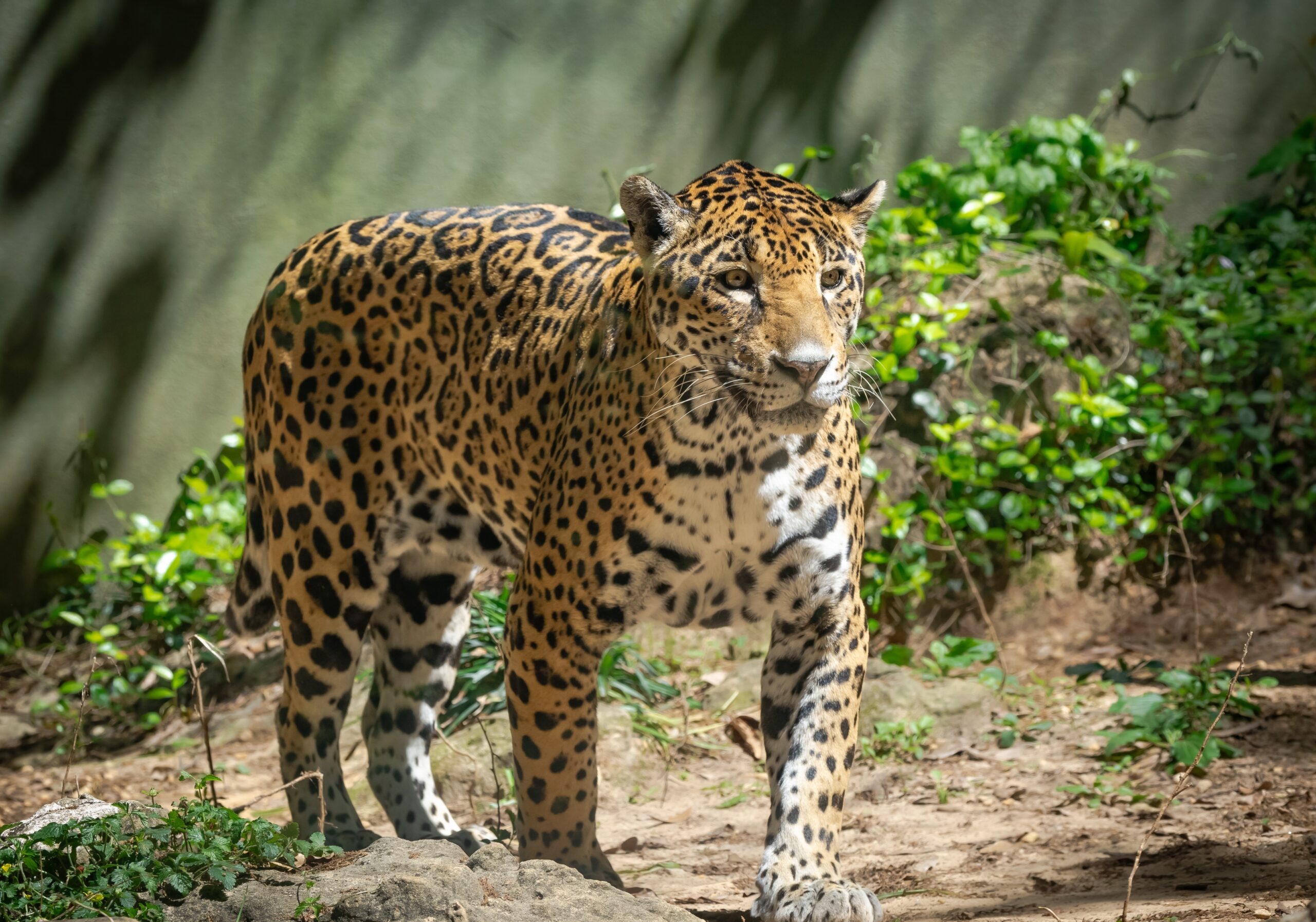
Roaming the lush, dense jungles of the Amazon, the jaguar is the apex predator of South America. Its distinctive spotted coat allows it to disappear into the thick undergrowth, where it silently stalks prey such as capybaras, peccaries, and caimans. Jaguars are equally at home in the water, often seen swimming in rivers and lakes that cut through the rainforest. This remarkable adaptability allows them to dominate one of the planet’s most biodiverse ecosystems. The Amazon, with its towering trees and vibrant wildlife, provides the perfect backdrop for the jaguar’s reign. Sadly, deforestation poses an increasing threat to their survival.
Cheetah – Maasai Mara, Kenya

In the rolling plains of the Maasai Mara, the cheetah sprints with unmatched speed, making it the fastest land animal. Its slender, lightweight body, along with its distinct black tear lines, sets it apart from other big cats. The vast grasslands of Kenya allow cheetahs to run at lightning speed, pursuing antelope and other small game. Unlike lions, cheetahs are solitary hunters, relying on stealth and bursts of speed to catch their prey. Despite their agility, cheetahs face competition from stronger predators like lions and hyenas. Conservationists in the Maasai Mara are working tirelessly to protect their fragile populations.
Amur Leopard – Russian Far East
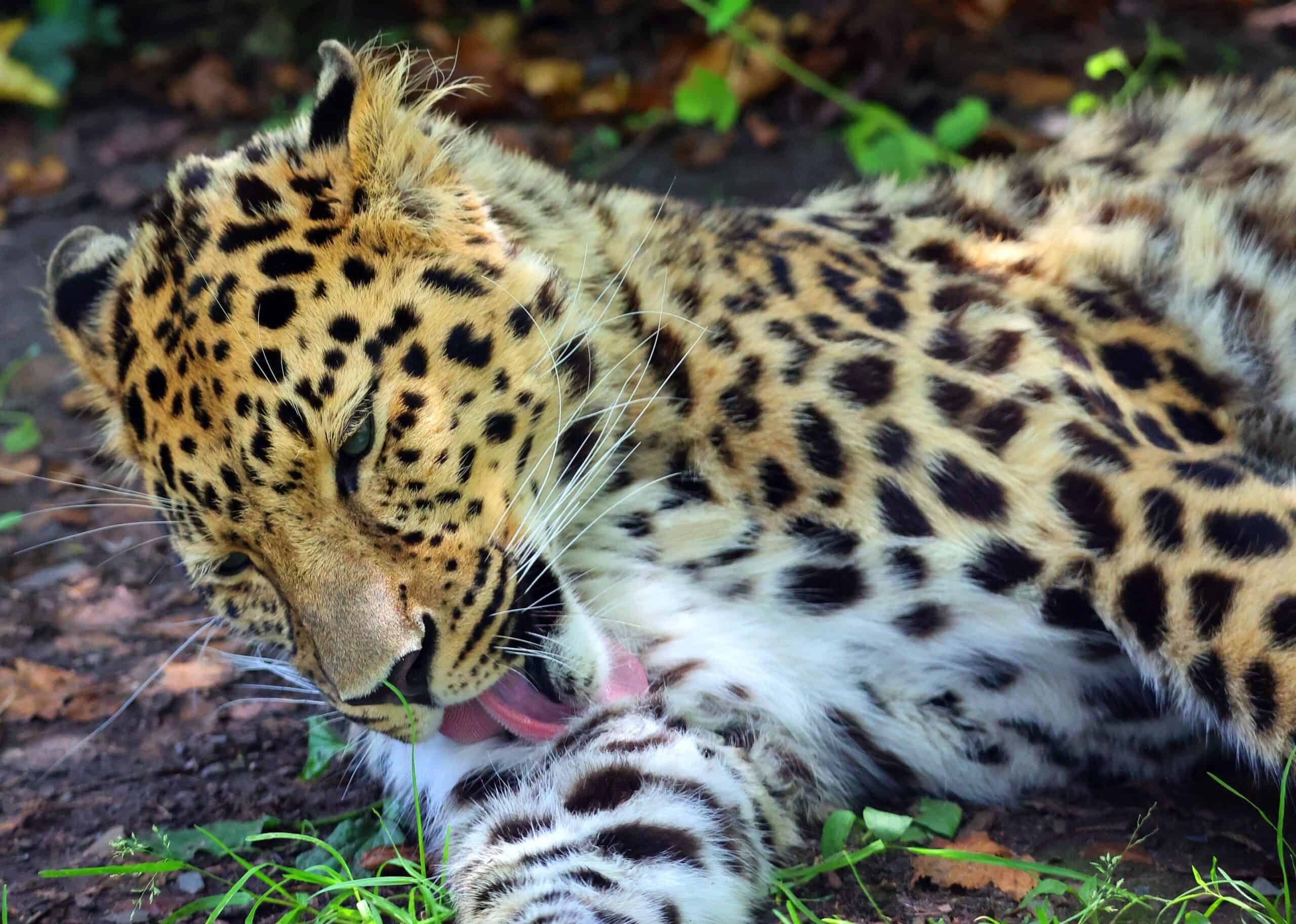
Among the dense forests and snowy landscapes of the Russian Far East, the Amur leopard moves with grace and stealth. This critically endangered big cat, with fewer than 100 individuals left in the wild, boasts a thick, pale coat to survive the harsh winters. Found in the remote region of Primorye, the Amur leopard is a solitary creature, preying on roe deer and hares. Its remarkable agility allows it to leap great distances, navigating the rugged terrain with ease. These leopards face grave threats from poaching and habitat destruction. However, conservation efforts in the region are slowly helping to restore their numbers.
Puma – Patagonian Andes, South America
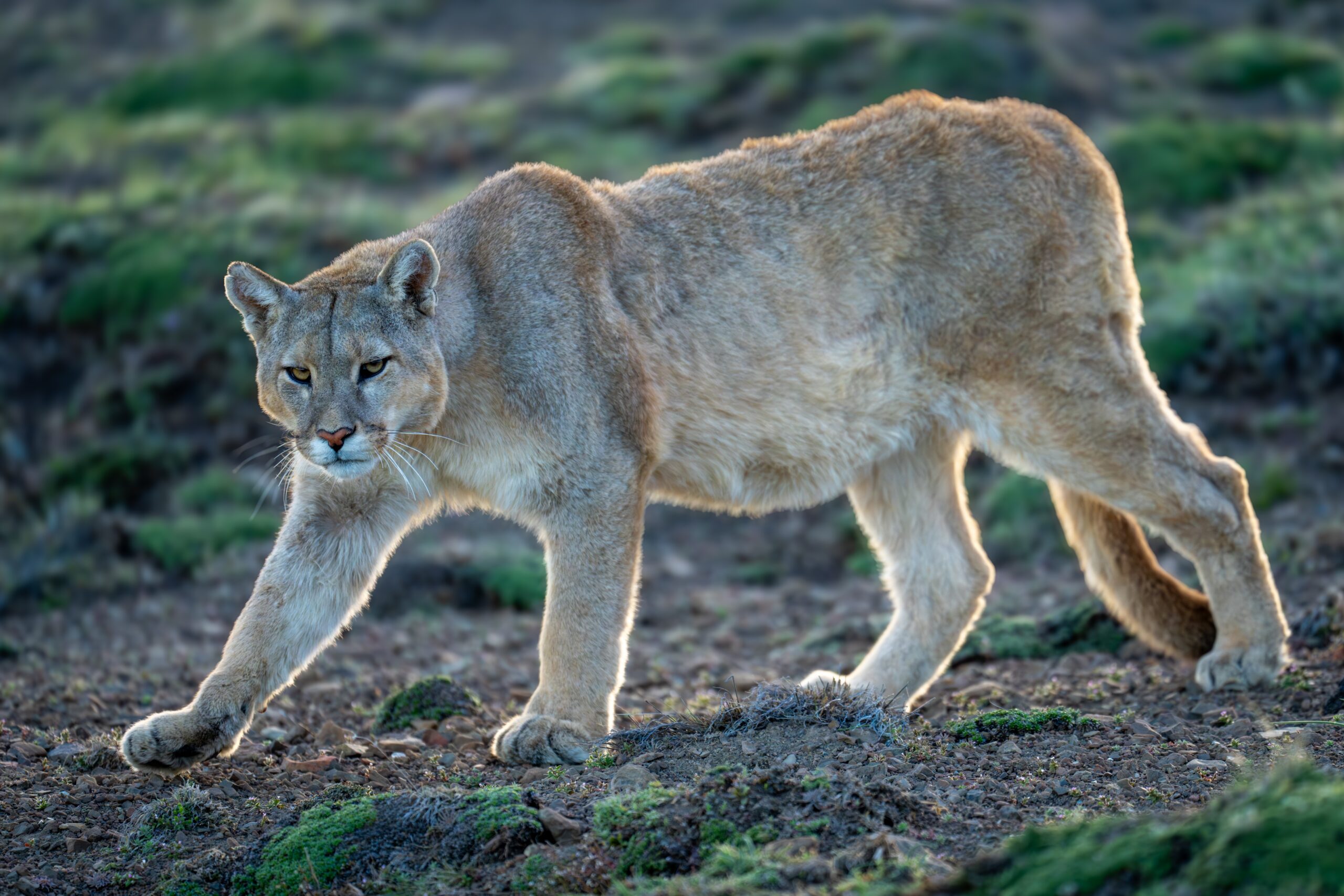
In the dramatic landscapes of Patagonia, the puma reigns supreme, a top predator in this cold, windy region. With its sleek, tawny coat, the puma blends into the rocky outcrops and grassy plains of the Andes. It preys on guanacos, hares, and even birds, showing incredible adaptability in its hunting methods. These solitary cats are often spotted along mountain ridges and valleys, where the stunning backdrop of snow-capped peaks adds to their mystique. Pumas thrive in these isolated regions, where human activity is minimal. However, encroachment and conflict with livestock remain concerns for their conservation.
Asiatic Lion – Gir Forest, India
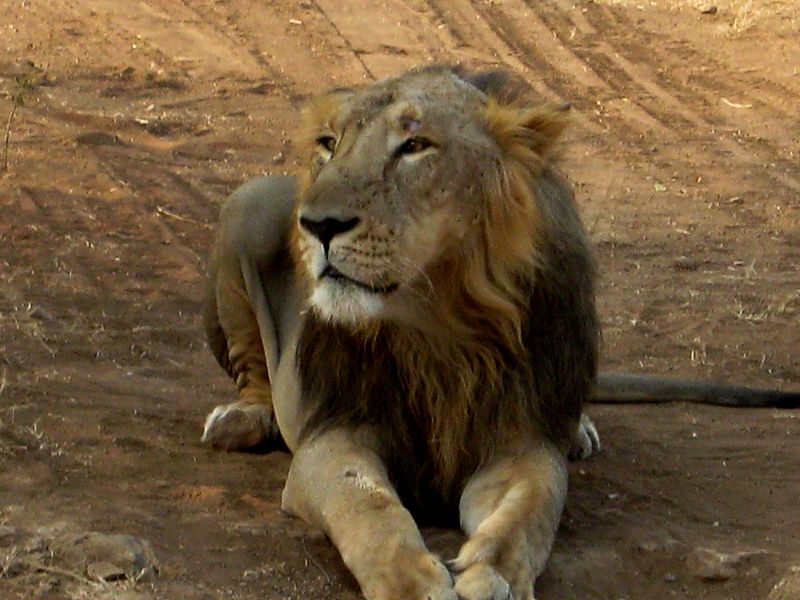
In the dry, teak-dominated forests of India’s Gir National Park, the last remaining population of Asiatic lions survives. Smaller than their African cousins, these lions have a distinct fold of skin along their belly and a less prominent mane. Gir’s rocky hills and scrublands offer a unique landscape for these lions, who coexist with leopards, deer, and antelope. Unlike African lions, the Asiatic lions live in smaller prides, adapting to the denser forest habitat. The protection of Gir Forest has been crucial in preventing their extinction. Today, these lions symbolize the resilience of a species brought back from the brink.
Clouded Leopard – Southeast Asian Rainforests
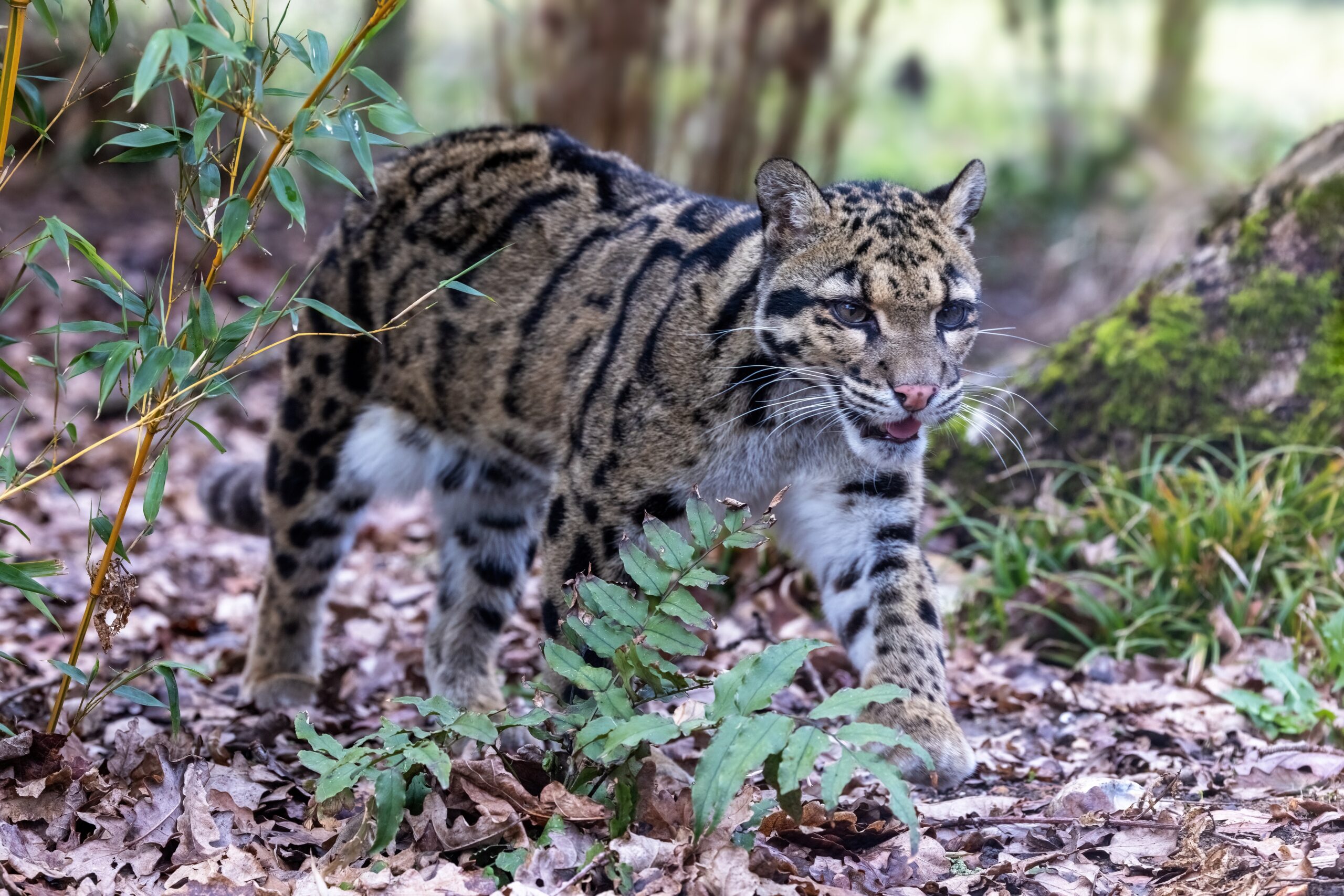
Hidden in the misty rainforests of Southeast Asia, the clouded leopard remains one of the most mysterious big cats. Its name comes from the large cloud-like spots on its coat, which help it blend into the forest canopy. This elusive predator is a remarkable climber, often seen resting on tree branches high above the ground. The dense jungles of Borneo, Sumatra, and the mainland are their preferred habitats, where they hunt monkeys, birds, and other forest creatures. Clouded leopards are incredibly secretive, making them difficult to observe in the wild. Unfortunately, deforestation continues to threaten their survival.
Leopard – Kruger National Park, South Africa

Leopards are masters of stealth in the vast wilderness of Kruger National Park. With their rosette-patterned coats and powerful build, they navigate the park’s diverse landscapes, from rocky outcrops to dense bushveld. Leopards are solitary hunters, relying on surprise and brute strength to take down prey, often dragging it into trees to avoid scavengers. In Kruger’s golden savannas, they are frequently spotted lounging in tree branches or stalking prey under the cover of darkness. These adaptable cats thrive in a range of environments but face pressure from habitat loss. Conservation measures in Kruger have been critical in maintaining healthy leopard populations.
Eurasian Lynx – Carpathian Mountains, Eastern Europe
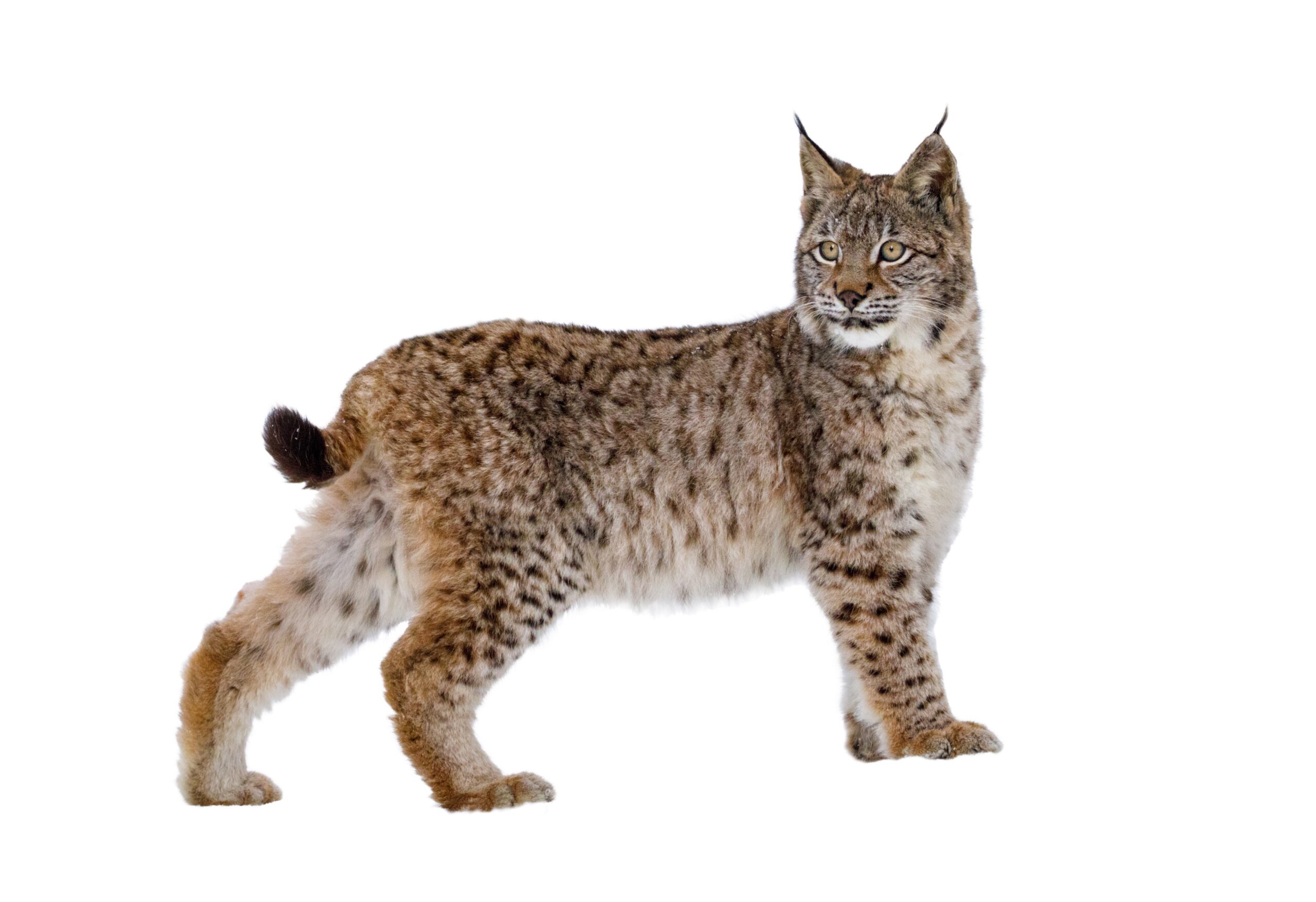
Roaming the thick forests of the Carpathian Mountains, the Eurasian lynx is a striking predator with its tufted ears and muscular frame. Its dense, reddish-brown coat helps it blend into the autumn-colored landscape, where it preys on roe deer, hares, and birds. The mountainous regions of Eastern Europe provide a perfect home for these solitary and elusive big cats. Unlike their larger feline cousins, lynxes rely on patience and surprise, ambushing their prey with stealthy precision. Though less known than tigers or lions, the Eurasian lynx plays a vital role in maintaining the balance of its ecosystem. These lynxes face challenges from habitat fragmentation, but conservation efforts have seen their numbers stabilize.
Iberian Lynx – Doñana National Park, Spain
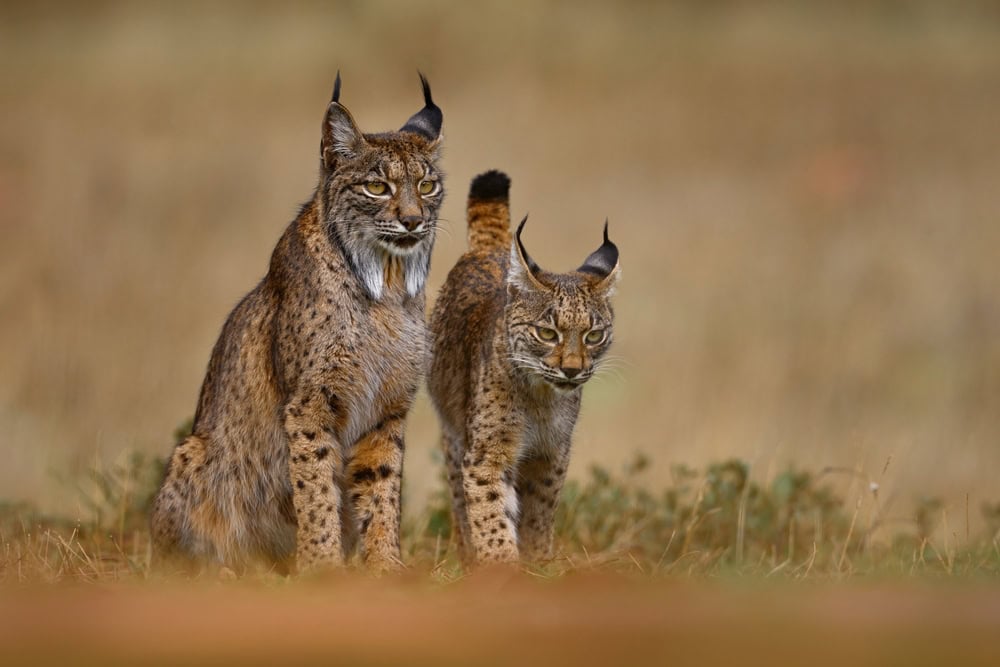
Once on the brink of extinction, the Iberian lynx now roams the sun-drenched landscapes of southern Spain. Its golden eyes and short, spotted coat allow it to blend seamlessly with the scrublands and Mediterranean forests of Doñana. Preying on rabbits, this cat’s survival is closely tied to the fluctuating rabbit populations of the region. Iberian lynxes are smaller than most other wild cats but make up for their size with speed and agility. The recovery of the species is one of conservation’s greatest success stories, though threats remain. With fewer than 1,000 individuals, ongoing protection is critical to their future.
Leopard Cat – Borneo, Southeast Asia
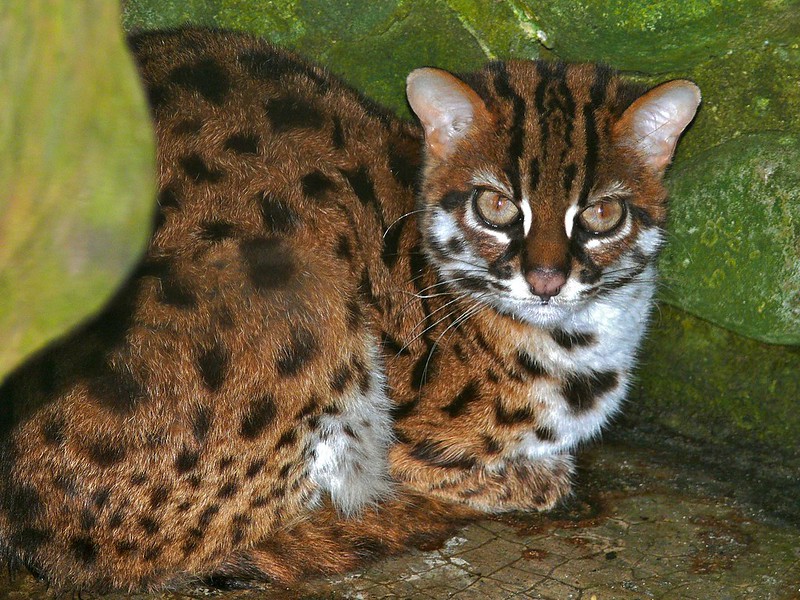
Among the lush rainforests of Borneo, the small yet striking leopard cat stalks its prey. Despite its name, the leopard cat is much smaller than a typical leopard, though it shares a similarly patterned coat. These agile hunters are nocturnal, preying on rodents, birds, and amphibians. Their habitat is among some of the world’s most biodiverse regions, with towering trees and rich undergrowth providing ample cover. While not considered endangered, habitat loss and deforestation pose serious threats to their numbers. Conservation in Borneo is vital to preserving both the leopard cat and the ecosystem it calls home.
Sumatran Tiger – Sumatra, Indonesia
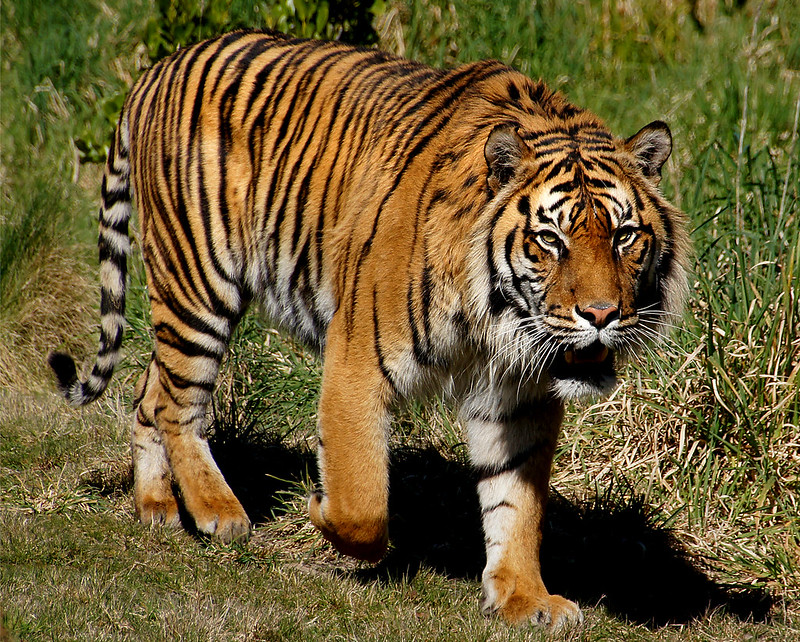
In the tropical rainforests of Sumatra, the critically endangered Sumatran tiger prowls through the dense undergrowth. Its dark orange coat with thick black stripes helps it blend into the dappled light filtering through the canopy. These tigers are the smallest of the subspecies, but they are no less fierce, hunting deer, wild boar, and tapir. They thrive in Sumatra’s mountainous regions, where the landscape provides rich hunting grounds and shelter. Unfortunately, deforestation for palm oil plantations has devastated much of their habitat. Conservationists are working hard to preserve the remaining populations and restore their forest homes.
Pallas’s Cat – Central Asian Steppes
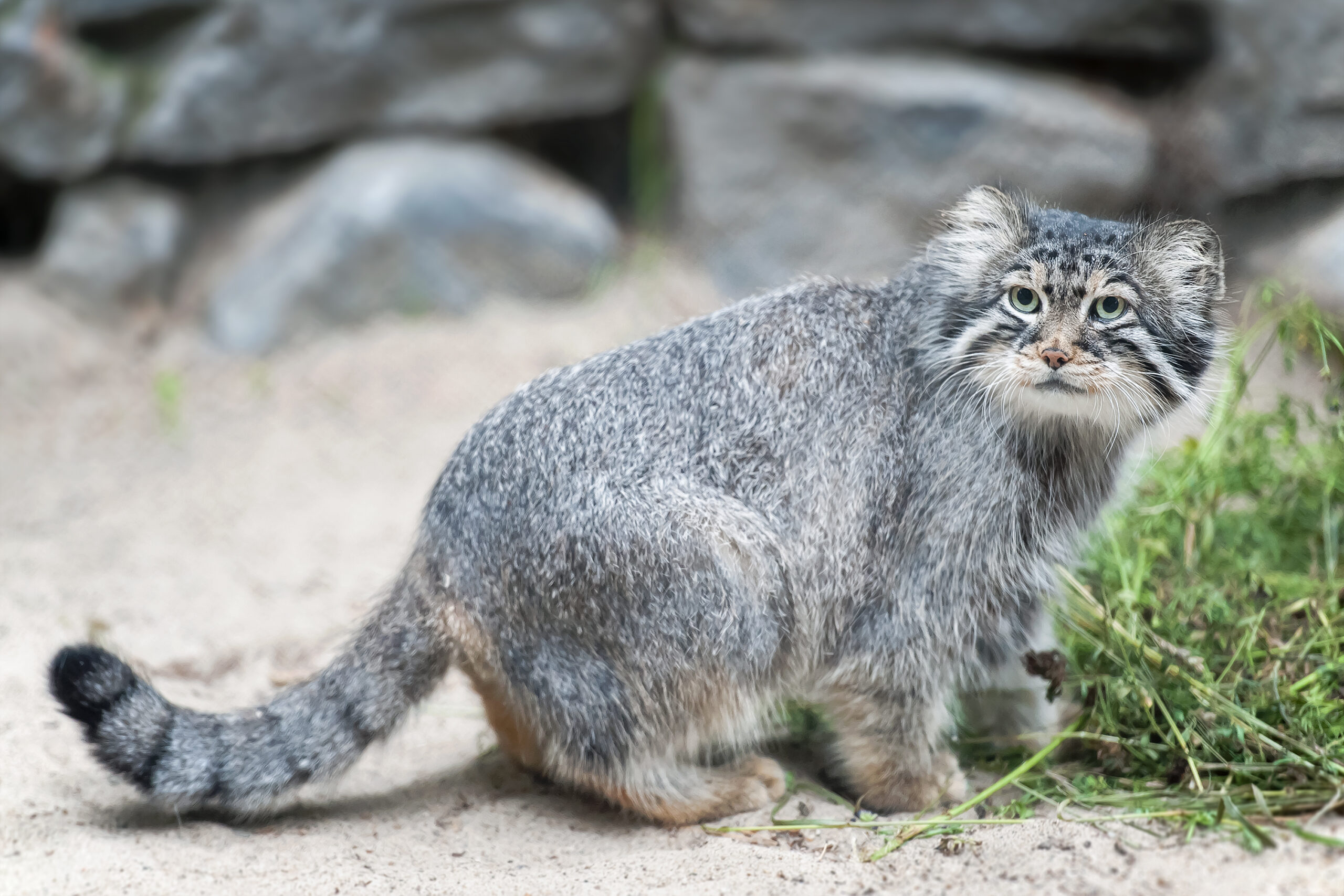
In the cold, windswept steppes of Central Asia, the Pallas’s cat, or manul, navigates a harsh, barren landscape. Its dense, fluffy coat gives it a rounded, almost comical appearance, which helps it survive freezing temperatures. These small wild cats are elusive, relying on stealth and camouflage in the rocky outcrops and grasslands of Mongolia, Kazakhstan, and Russia. Pallas’s cats hunt small mammals like pikas and voles, perfectly adapted to the rugged terrain. Despite their relatively small size, they are fierce hunters, built for survival in the extremes of the steppe. Sadly, they face threats from habitat degradation and hunting for their fur.
This article originally appeared on Rarest.org.
More From Rarest.Org
When preparing for a flight, most travelers focus on packing their essentials, but some everyday items can unexpectedly be on the no-fly list. Whether it’s due to safety concerns, liquid restrictions, or agricultural regulations, certain objects are prohibited in your carry-on or checked luggage. Read more.
The deep ocean is one of the most mysterious and unexplored places on Earth, home to a fascinating array of marine creatures that have adapted to survive in its extreme conditions. From the eerie glow of bioluminescent fish to the ancient, armor-like shells of deep-sea crabs, these creatures are as unique as they are remarkable. Read more.
Africa is home to some of the world’s most extraordinary and diverse landscapes, yet many of its hidden gems remain overlooked by travelers. From remote national parks teeming with wildlife to breathtaking natural wonders and ancient cultural sites, these destinations offer unique experiences far from the usual tourist paths. Read more.



